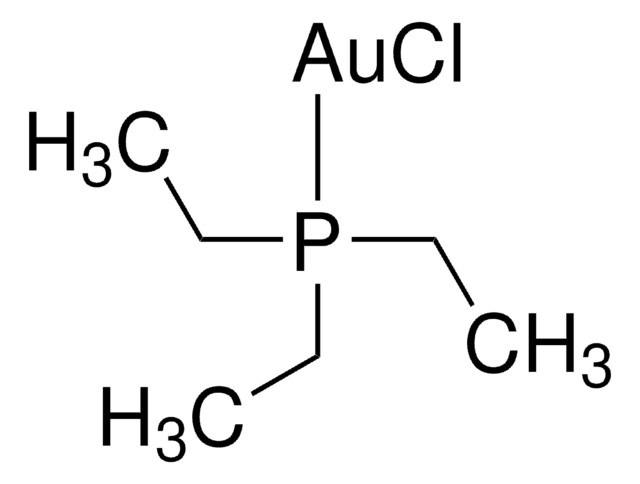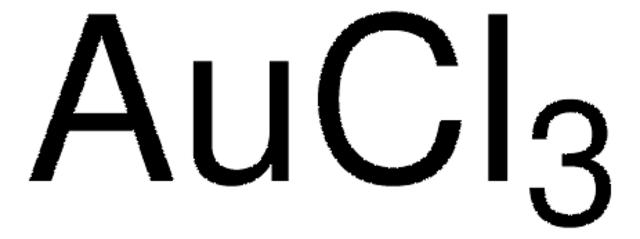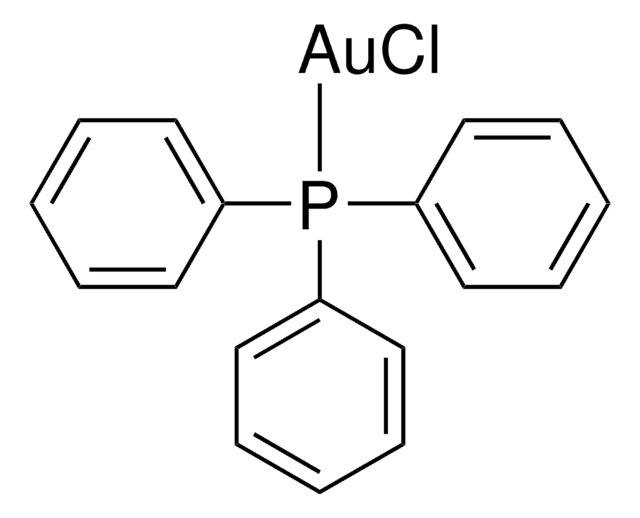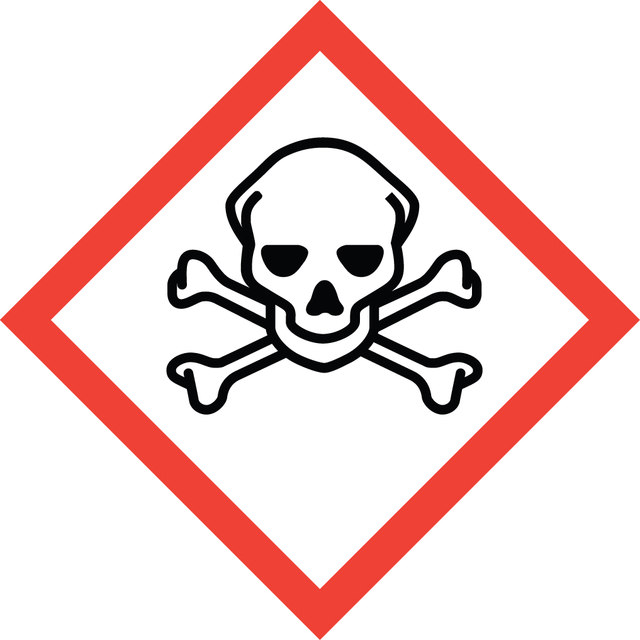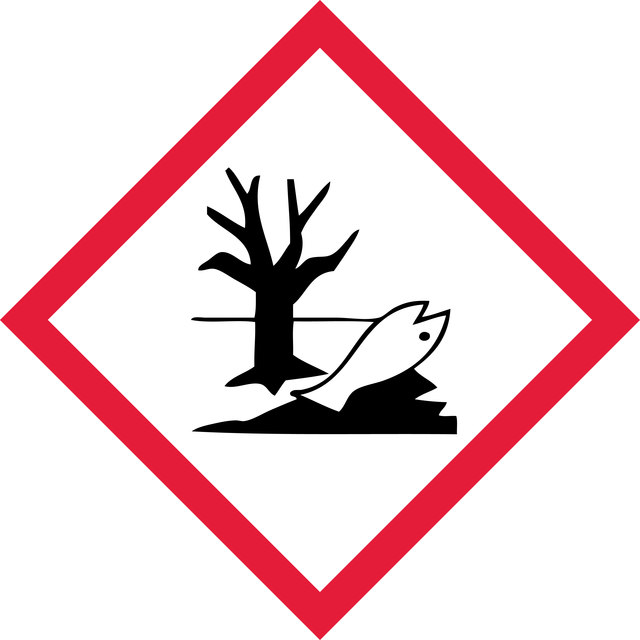推荐产品
警示用语:
Danger
危险分类
Acute Tox. 1 Dermal - Acute Tox. 2 Inhalation - Acute Tox. 2 Oral - Aquatic Acute 1 - Aquatic Chronic 1
补充剂危害
储存分类代码
6.1B - Non-combustible acute toxic Cat. 1 and 2 / very toxic hazardous materials
WGK
WGK 3
闪点(°F)
Not applicable
闪点(°C)
Not applicable
个人防护装备
dust mask type N95 (US), Eyeshields, Faceshields, Gloves, type P2 (EN 143) respirator cartridges
法规信息
监管及禁止进口产品
Philip M Yangyuoru et al.
Journal of inorganic biochemistry, 102(3), 576-583 (2008-02-08)
Electrospray ionization spectra of potential cyanide-containing gold-drug metabolites revealed additional, weak, unanticipated peaks at approximately twice the mass of the gold(I) and gold(III) cyanide complexes. The exact masses correspond to proton-linked bimetallic complexes, [H[Au(CN)(m)](2)](-), (m=2,4). Further investigation revealed a total
G G Graham et al.
Biochemical pharmacology, 56(3), 307-312 (1998-09-23)
There is considerable evidence that the anti-rheumatic gold complexes are activated by their conversion to aurocyanide. In order to understand the mechanism of production of aurocyanide, we investigated the involvement of myeloperoxidase in the reaction. This haem enzyme of neutrophils
D B Donato et al.
Environment international, 33(7), 974-984 (2007-06-02)
Wildlife deaths associated with cyanide-bearing mine waste solutions have plagued the gold mining industries for many years, yet there is little published data showing the relationship between wildlife mortality and cyanide toxicity. A gap of knowledge exists in monitoring, understanding
K H Verschueren et al.
FEBS letters, 323(3), 267-270 (1993-06-01)
The Na[Au(CN)2] heavy atom derivative contributed considerably to the successful elucidation of the crystal structure of haloalkane dehalogenase isolated from Xanthobacter autotrophicus GJ10. The gold cyanide was located in an internal cavity of the enzyme, which also contains the catalytic
José R Serrano et al.
Biophysical journal, 91(5), 1737-1748 (2006-06-13)
Previous attempts to identify residues that line the pore of the cystic fibrosis transmembrane conductance regulator (CFTR) chloride channel have utilized cysteine-substituted channels in conjunction with impermeant, thiol-reactive reagents like MTSET+ and MTSES-. We report here that the permeant, pseudohalide
我们的科学家团队拥有各种研究领域经验,包括生命科学、材料科学、化学合成、色谱、分析及许多其他领域.
联系技术服务部门



